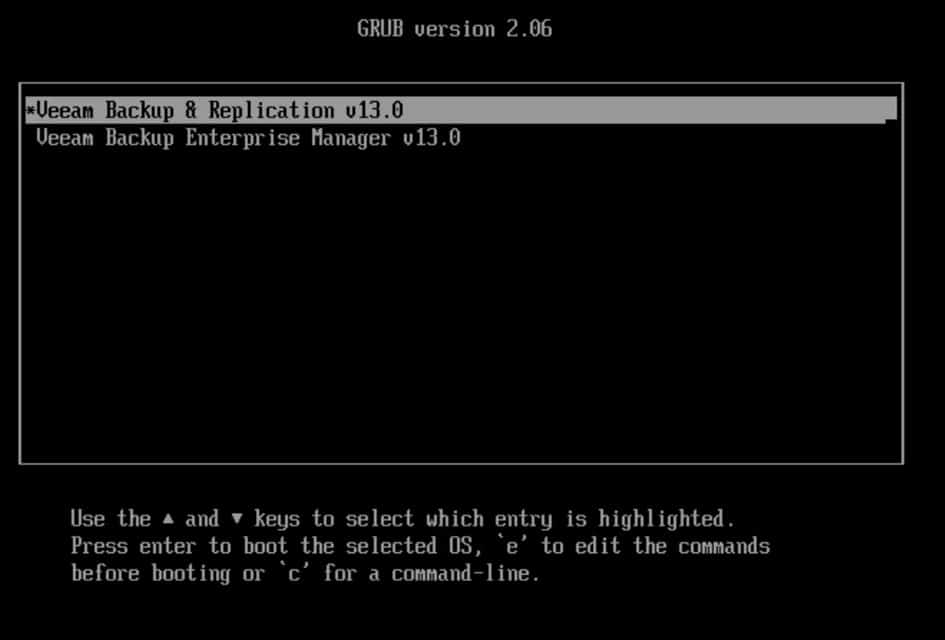The backup solutions company Veeam has announced a radical overhaul of its architecture with the release of Veeam Backup & Replication v13 Beta 2, which has completely moved away from Windows Server to adopt a Linux-based appliance. This new version uses Rocky Linux 9.2 as the operating system and promises enhanced security, lower resource consumption, and native high availability.
JeOS Architecture for Maximum Efficiency
The new release incorporates a JeOS (Just Enough OS) architecture, including only the essential components needed for backup and replication software operation. This minimalist approach aims to reduce attack surface and optimize system performance.
The distribution is available in two formats: OVA files for virtualized environments like vSphere or Nutanix AHV, and ISO images for physical server installations. This flexibility allows organizations to tailor the solution to their existing infrastructure without hardware restrictions.

Native High Availability with a Three-Node Cluster
One of the standout features of Veeam v13 Beta 2 is its built-in high availability. The system supports a minimum cluster of three Linux nodes, including replicated PostgreSQL and keepalived to manage a virtual IP address, thereby eliminating single points of failure.
This high availability setup ensures backup service continuity even if one node fails, representing a significant improvement over previous versions that required more complex configurations for the same level of reliability.
Revamped Web Interface and Security Enhancements
This update introduces a completely redesigned web console accessible via HTTPS, with a dark mode option to improve user experience. The role-based access control (RBAC) system has been expanded to include a new role called “security officer,” responsible for managing critical security tasks.
Security-wise, Veeam v13 Beta 2 enforces SELinux by default, disables SSH in the initial setup, and mandates two-factor authentication (2FA). The repository uses the XFS filesystem with block cloning and immutable features enabled from the first boot.
System Requirements and Limitations
Minimum system requirements include two 256 GB disks—one for the OS and database, and another for the backup repository. The recommended configuration specifies 16 GB of RAM and 4 vCPUs, although labs can run the system with just 8 GB.
Migrating to Linux involves removing some features present in earlier versions, including incremental rollback, backup chains unorganized by VM, and time-based retention. Support for vSphere 6.x, Hyper-V 2012, and CentOS has also been dropped.
Migration Process from Earlier Versions
Currently, Veeam v13 Beta 2 requires a fresh installation, with no option for direct upgrade from Windows Server-based versions. The company plans to develop an automatic migration utility available with v13.1 to ease the transition.
This architectural shift marks a major step in the evolution of enterprise backup solutions, moving away from reliance on proprietary operating systems toward more efficient and secure open-source platforms.

